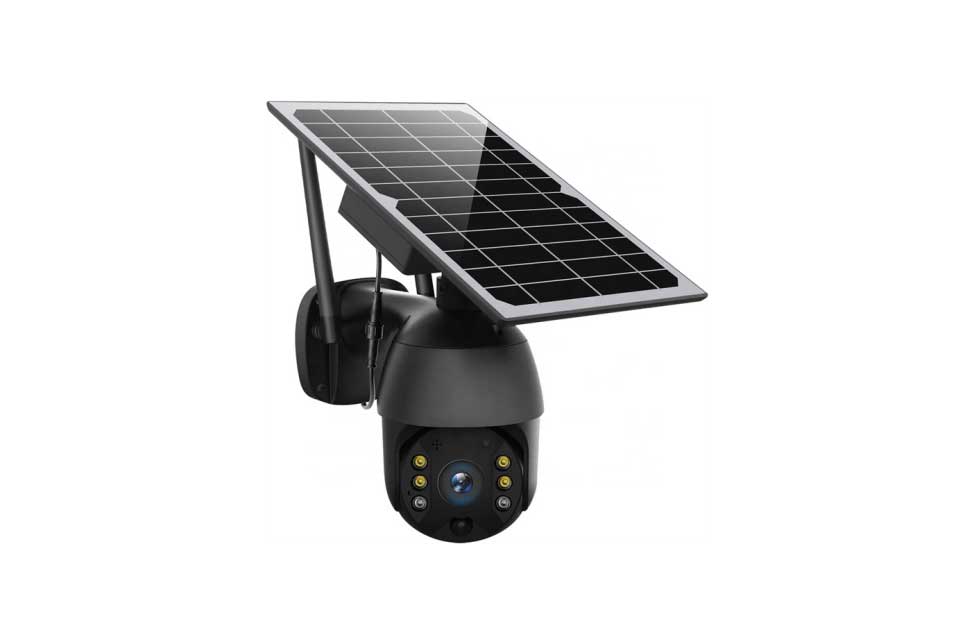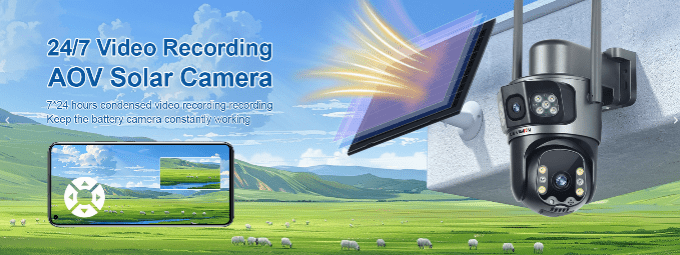Views: 107
Solar 4G Cameras Firmware Upgrade and Update Guide, Ensure your Solar 4G cameras are always up-to-date with our comprehensive firmware upgrade and update guide. Learn the steps, benefits, and troubleshooting tips for a seamless experience.
Introduction
Solar 4G cameras are revolutionizing surveillance with their self-sustaining power sources and robust connectivity. However, like all tech devices, they require periodic firmware upgrades to maintain optimal performance, security, and functionality. This guide will provide an in-depth look at the process of upgrading and updating firmware for Solar 4G cameras, including detailed steps, troubleshooting tips, and the benefits of staying current with firmware updates.

Solar 4G Cameras Firmware Upgrade and Update Guide
The Importance of Firmware Updates
Why Firmware Updates Matter
Firmware updates are crucial for several reasons. They fix bugs, enhance security, improve functionality, and sometimes add new features. By keeping your Solar 4G camera firmware up-to-date, you ensure that your device performs at its best and stays protected against emerging security threats.
Security Enhancements
One of the primary reasons for firmware updates is to address security vulnerabilities. With cyber threats becoming increasingly sophisticated, manufacturers regularly release updates to patch any security holes that could be exploited by hackers.
Performance Improvements
Firmware updates often include performance enhancements. These can range from better battery management to improved image processing capabilities, ensuring that your Solar 4G camera operates smoothly and efficiently.
New Features and Functionality
Manufacturers sometimes introduce new features through firmware updates. These can include advanced motion detection algorithms, better connectivity options, or even new user interface improvements that enhance the overall user experience.
How to Check for Firmware Updates
Using the Camera’s Mobile App
Most Solar 4G cameras come with a dedicated mobile app that can be used to check for firmware updates. Here’s how to do it:
Web Interface
If your camera supports a web interface, you can also check for updates via a web browser:
Manufacturer’s Website
Sometimes, updates are not pushed directly to the camera or app. In such cases, visiting the manufacturer’s website can provide information on the latest firmware versions and how to download them.
Steps to Upgrade Your Solar 4G Camera Firmware
Preparation
Downloading the Firmware
Installing the Firmware
Post-Upgrade Steps
Troubleshooting Firmware Upgrade Issues
Common Issues
Advanced Troubleshooting
Benefits of Regular Firmware Updates
Enhanced Security
Regular updates ensure your camera is protected against the latest security threats, keeping your surveillance data safe.
Improved Performance
Updates often include optimizations that enhance camera performance, resulting in better video quality, faster response times, and more efficient power usage.
Access to New Features
Keeping your firmware updated gives you access to the latest features and improvements, enhancing the overall functionality of your Solar 4G camera.
Extended Device Lifespan
Regular updates can extend the lifespan of your device by ensuring it remains compatible with new technologies and standards.
Tips for Maintaining Your Solar 4G Camera
Regular Maintenance
Perform regular maintenance checks to ensure your camera remains in good working condition. Clean the solar panels and camera lens to prevent dirt and debris from affecting performance.
Monitor Battery Health
Keep an eye on the battery health of your solar-powered camera. Over time, batteries can degrade, affecting the camera’s performance. Replace batteries as needed to maintain optimal operation.
Secure Installation
Ensure your camera is securely installed in a location that maximizes sunlight exposure and minimizes potential damage from environmental factors.
FAQs
How often should I check for firmware updates?
It’s recommended to check for firmware updates every few months or whenever the manufacturer announces a new update.
Can I downgrade the firmware if the update causes issues?
While some cameras allow firmware downgrades, it’s not always recommended. Contact customer support for guidance if you experience issues after an update.
Is it necessary to back up settings before updating firmware?
Yes, backing up your settings ensures you can restore your camera to its previous state if something goes wrong during the update.
Can firmware updates be installed wirelessly?
Many modern cameras support OTA (Over-The-Air) updates, allowing you to install firmware updates wirelessly via the mobile app.
What should I do if the camera stops working after an update?
If your camera stops working after an update, perform a hard reset. If the issue persists, contact the manufacturer’s customer support.
Do firmware updates improve video quality?
Yes, firmware updates can include optimizations and new algorithms that enhance video quality and overall camera performance.
Conclusion
Keeping your Solar 4G camera’s firmware up-to-date is essential for maintaining security, performance, and access to the latest features. By following this comprehensive guide, you can ensure your camera stays current with the latest firmware updates, providing peace of mind and optimal functionality for your surveillance needs.


